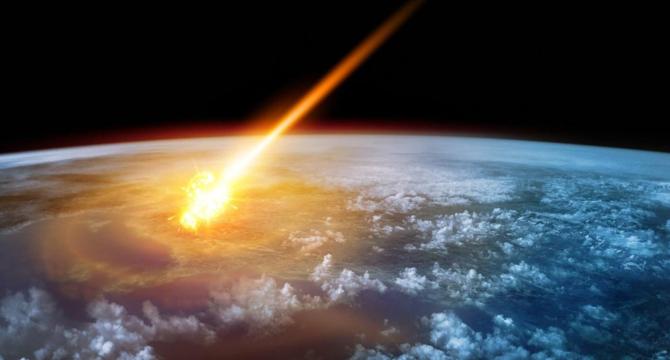Metro
1M
394

Image Credit: Metro
How an asteroid caused an explosion 1,000 times more powerful than Hiroshima
- The Tunguska Event in 1908 in Siberia was the largest space-related explosion in human history, causing significant devastation.
- Eyewitnesses described a bluish fireball followed by a powerful explosion that felled 80 million trees and killed numerous reindeer.
- The event left an area of 830 square miles scorched, with the sky glowing eerily for days.
- Scientists, led by Leonid Kulik, determined that a stony asteroid exploded in the Earth's atmosphere, rather than leaving a crater.
- The explosion, equivalent to 185 to 1,000 times the power of the Hiroshima atomic bomb, was caused by the asteroid self-destructing at a high altitude.
- There were no reported injuries from the blast, as the energy dissipated from the impact prevented fires from spreading.
- The Tunguska Event prompted a reevaluation of planetary defense strategies, leading to missions to test asteroid deflection techniques.
- The asteroid 2024 Y24, with a potential impact in 2032, has raised concerns but is now considered less likely to collide with Earth, reducing the odds to 0.28%.
- Various theories suggest the Tunguska object could have been a comet, and the incident underscores the importance of monitoring potential impact threats.
- Efforts are ongoing to gather more data on asteroids like 2024 Y24 and develop strategies to mitigate the risks of future cosmic impacts.
- As our understanding of near-Earth objects improves, scientists aim to enhance planetary defense capabilities to safeguard against potential catastrophic impacts.
Read Full Article
23 Likes
For uninterrupted reading, download the app